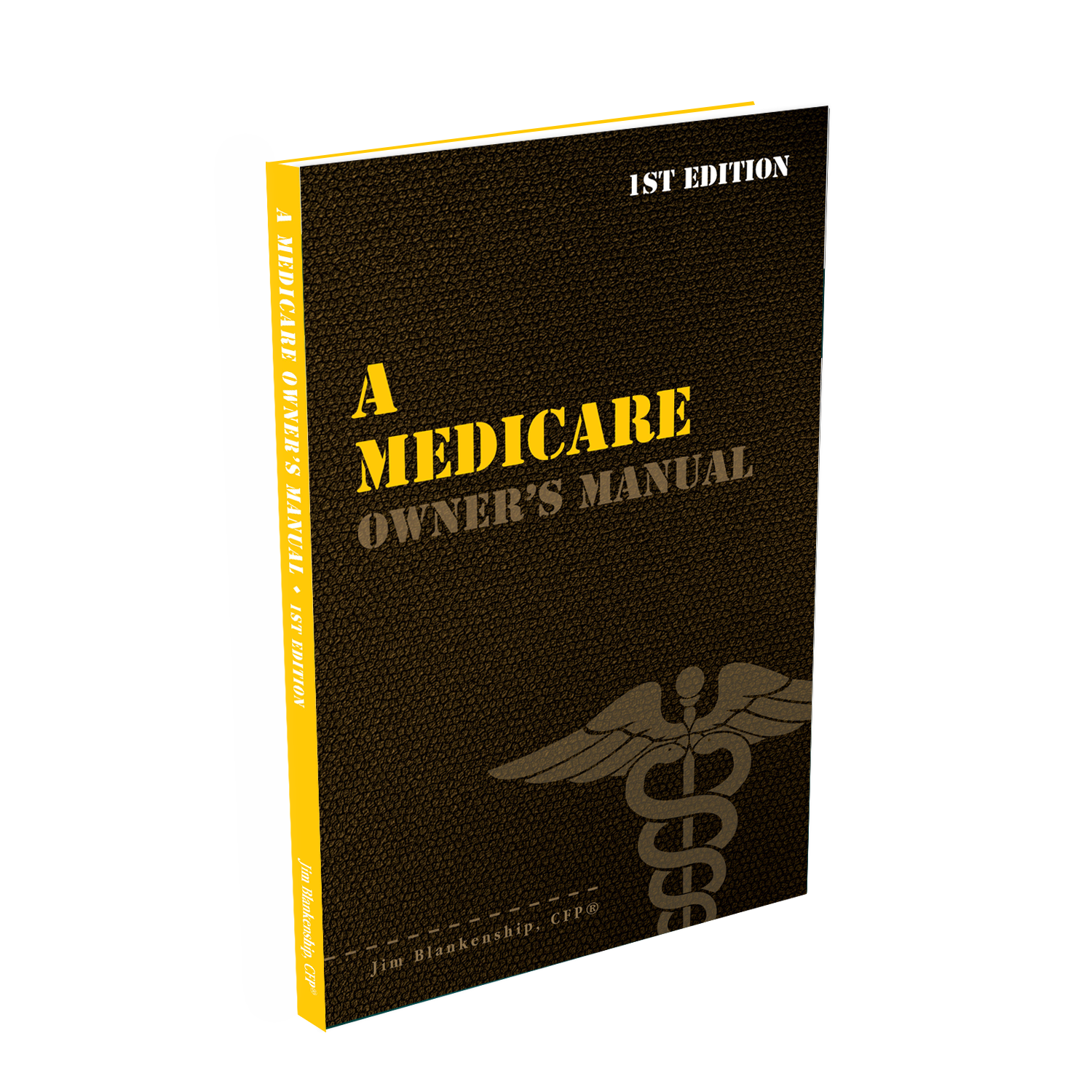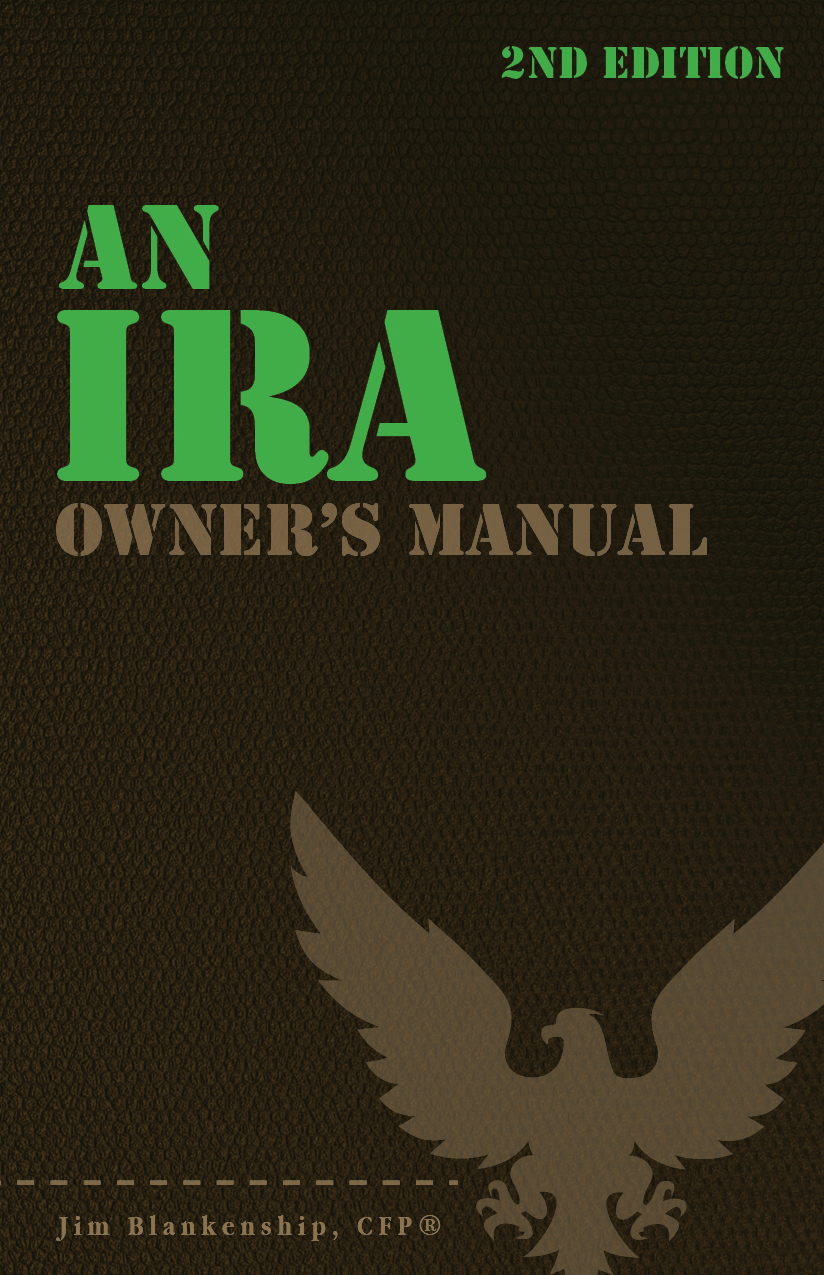There can be confusion when it comes to the Roth name before retirement planning vehicles. This is an attempt to explain the difference between two very common retirement plans with Roth options – the Roth IRA and the Roth 401(k). Let’s start with the “Roth” part. Named after the senator that first introduced the legislation, having Roth in front of IRA or 401(k) means that contributions into the plan are made with after-tax dollars (money that’s already be subject to income taxation). When the account owner reaches a specific age (typically age 59.5) any distributions, including earnings (growth) are tax free. Roth IRAs allow annual contributions based on earned income (W2 or self-employed income) up to $6,000 or $7,000 annually (if over age 50). Roth IRAs also allow access to your contributions at any time without penalty, and do not have required minimum distributions at age 72. Finally, you can […]
Independent financial advice: IRA, Social Security, income tax, and all things financial

Subscribe to updates by email
Search
Categories
(click the link below to list articles on each topic)
Previous Article Archives…
Contact Info
-

Jim Blankenship, CFP®, EA
Phone 630-40-DUCKS (630-403-8257)
jim@blankenshipfinancial.com
Twitter: BlankenshipFP / Financialducks
Facebook: Jim Blankenship
LinkedIn: BlankenshipFP
Amazon: Author PageJim provides expert guidance for
your Retirement, Education Funding,
and Income Tax issues and concerns.In addition to this blog, you’ll find Jim’s writings all around the internet, as he is a regular contributor to Forbes.com, TheStreet.com, and FiGuide. Several other sites also republish his work.
He has also written five books on Social Security, IRAs, 401(k) plans, and Medicare. See below for more on the books.
-
 Sterling Raskie, MSFS, CFP®, ChFC®
Sterling Raskie, MSFS, CFP®, ChFC®
Phone 630-40-DUCKS (630-403-8257)
sterling@blankenshipfinancial.com
Twitter: SterlingRaskie
LinkedIn: SterlingRaskieSterling provides expert guidance for your Retirement, Insurance, Education Funding, Investments and Income Tax issues and concerns.
In addition to this blog, you’ll find Sterling’s writings all around the internet. Sterling is also an adjunct professor teaching courses in math, finance, investments and insurance.
-

Jim Blankenship, CFP®, EA
Phone 630-40-DUCKS (630-403-8257)
jim@blankenshipfinancial.com
Twitter: BlankenshipFP / Financialducks
Facebook: Jim Blankenship
LinkedIn: BlankenshipFP
Amazon: Author PageJim provides expert guidance for
your Retirement, Education Funding,
and Income Tax issues and concerns.In addition to this blog, you’ll find Jim’s writings all around the internet, as he is a regular contributor to Forbes.com, TheStreet.com, and FiGuide. Several other sites also republish his work.
He has also written five books on Social Security, IRAs, 401(k) plans, and Medicare. See below for more on the books.
-
Services @ Blankenship Financial
If you’d like to have us work with you on your financial questions, follow this link for more information on how to get started. The books!
 The latest in our Owner’s Manual series, A 401(k) Owner’s Manual, was published in January 2020 and is available on Amazon at this link. This book includes all of the updates to retirement plans with passage of the SECURE Act.
The latest in our Owner’s Manual series, A 401(k) Owner’s Manual, was published in January 2020 and is available on Amazon at this link. This book includes all of the updates to retirement plans with passage of the SECURE Act. A Medicare Owner’s Manual, is updated with 2020 facts and figures. This manual is available on Amazon at this link.
A Medicare Owner’s Manual, is updated with 2020 facts and figures. This manual is available on Amazon at this link. Social Security for the Suddenly Single can be found on Amazon at this link. This book is narrowly-focused on divorcee Social Security strategies and rules. It is also available in a Kindle version.
Social Security for the Suddenly Single can be found on Amazon at this link. This book is narrowly-focused on divorcee Social Security strategies and rules. It is also available in a Kindle version. Sterling’s first book, Lose Weight Save Money, can be purchased by clicking this link. The book is also available on Kindle, which you can find at this Kindle version link.
Sterling’s first book, Lose Weight Save Money, can be purchased by clicking this link. The book is also available on Kindle, which you can find at this Kindle version link. An IRA Owner’s Manual, 2nd Edition is available for purchase on Amazon. Click the link to choose the paperback version, or the Kindle version.
An IRA Owner’s Manual, 2nd Edition is available for purchase on Amazon. Click the link to choose the paperback version, or the Kindle version. Jim’s book – A Social Security Owner’s Manual, is now available on Amazon. Click this link for the Amazon ordering page.
Jim’s book – A Social Security Owner’s Manual, is now available on Amazon. Click this link for the Amazon ordering page.Queuing Waterfowl
In case you hadn’t already noticed, this blog doesn’t have much to do with ducks – or any waterfowl for that matter.
No, what we’re doing here is talking about all things financial; getting your financial house in order. Here in the Midwest, “getting your ducks in a row” implies organization, which is one of the outcomes of having a better understanding of your financial life.
I hope you find the answers you’re looking for among the articles here, and perhaps a smile. If you can’t locate your answer, drop me an email or give me a call – we’ll see what we can find for you.
 And if you’ve come here to learn about queuing waterfowl, I apologize for the confusion. You may want to discuss your question with Lester, my loyal watchduck and self-proclaimed “advisor’s advisor”.
And if you’ve come here to learn about queuing waterfowl, I apologize for the confusion. You may want to discuss your question with Lester, my loyal watchduck and self-proclaimed “advisor’s advisor”.
© 2025 Getting Your Financial Ducks In A Row | Powered by WordPress
A WordPress theme by Ravi Varma